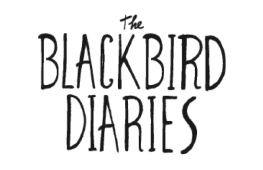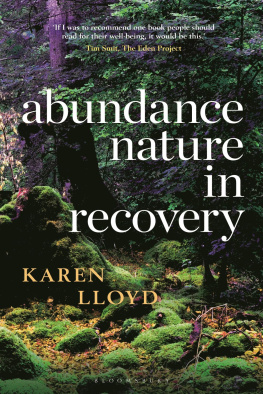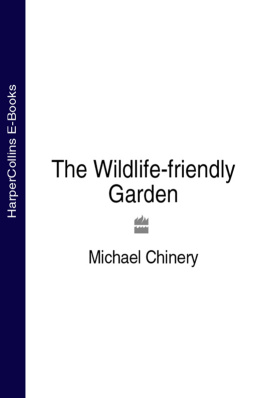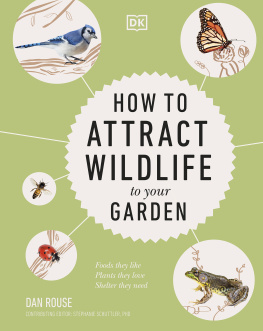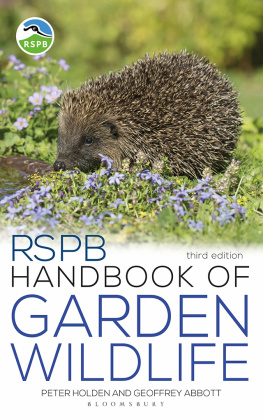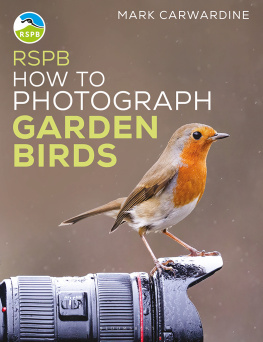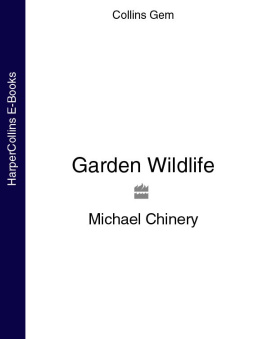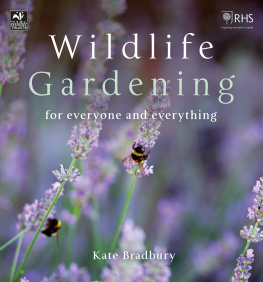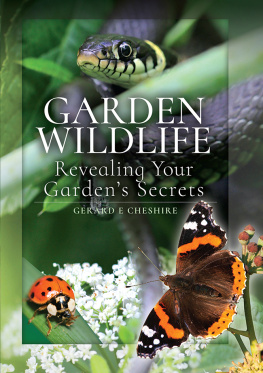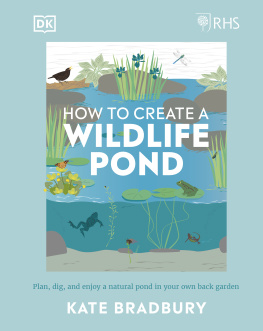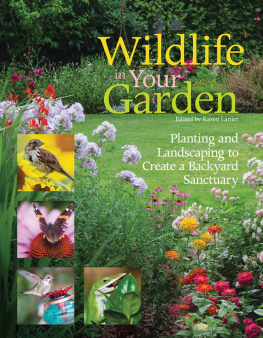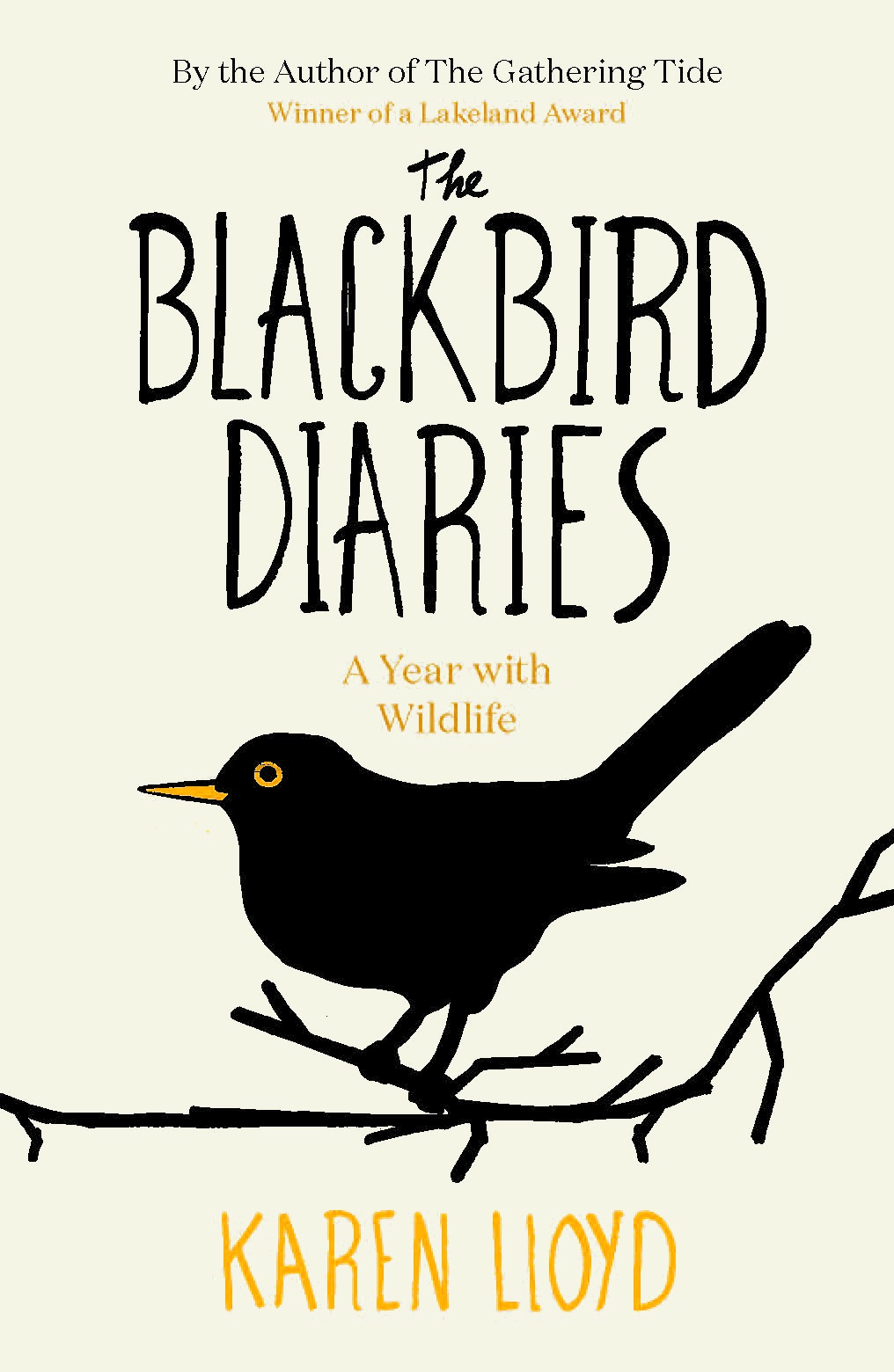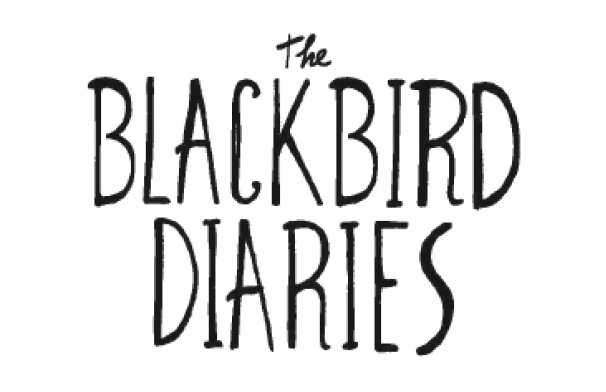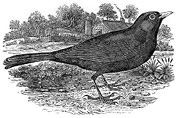Praise for The Gathering Tide
Winner: Striding Edge Productions prize 2016
Runner-up: Lakeland Book of the Year 2016
The Gathering Tide creates its own kind of song-line along the edge of one of Englands last and richest wilderness areas Morecambe Bay Full of earthy realism, authentic observation and quiet lyricism. It is a hugely impressive debut. Mark Cocker, author and naturalist
Beautifully written, weaving fact and personal reflections fluidly and with real skill. Eric Robson
Lloyds exquisite descriptions take us through the seasons of this infinite blue space reflected in the skin of the waterwith a forensic attention to detail that sparkles with lyrical imagery, mapping the history of the shores and sands of this endlessly fascinating bay. Miriam Darlington, BBC Wildlife
Undeniably beautiful writing Lloyds lyrical prose is smooth, like a pebble softened by the tide A tribute by a gifted writer to the place she calls home. Kate Feld, Caught by the River
This poetic book is a map, a layered account of Morecambe Bay, its birds, rivers, names, bones, weathers, ghosts, tides and lives, its dangerous beauty, its tragedies In mapping a place and sharing its beauty she arrives at her own sense of belonging.
Gillian Clarke, poet
A vivid book with a landscape at its heart, redolent with the tang of original imagery. The hallmarks of good nature writing are in place a seeing eye, that willingness to watch alone that deepens the bond between nature and writer, and the capacity for celebrating what Hazlitt called the involuntary impression of things upon the mind. Jim Crumley, nature writer
Slides effortlessly from the environment to history, to stories of other people, to personal anecdote [It] succeeds magnificently. Robin Lloyd-Jones , author of The Sunlit Summit
A Year with Wildlife
Karen Lloyd
Published by Saraband
Digital World Centre
1 Lowry Plaza, The Quays
Salford M50 3UB
www.saraband.net
Copyright Karen Lloyd 2017
All rights reserved. No part of this publication may be reproduced, stored in a retrieval system, or transmitted, in any form or by any means, electronic, mechanical, photocopying, recording, or otherwise, without first obtaining the written permission of the copyright owner.
ISBN: 9781910192962
ebook: 9781912235100
Printed in the EU on sustainably sourced paper.
10 9 8 7 6 5 4 3 2 1
Contents
For Andy
and the lovely girls, Freya and Eva.
Climb then, carrying your thoughts
to the steep hills summit
where the eagle builds her nest
and the waterfall is born.
And here, in remote obscurity,
reflect, think, learn.
Giovanni Pascoli
INTRODUCTION
One memorable spring, as we traipsed in and out of the house hefting bags and cases and outdoor gear and boots, a pair of blackbirds was busy building a nest. In between each of our trips to the car, the blackbirds swooped into the garden bringing twigs and moss and plant material. Each time, they waited until the coast was clear, then darted inside the clematis that rambles in disorderly fashion above a wooden archway. Newly emergent leaves would soon grow and fill the spaces in between the clematis stems, and the nest would become invisible, hidden inside. Although our annual Easter pilgrimage to Scotland was an enticing prospect, part of me wanted to stay home and watch the blackbirds. A week later as we returned, carrying everything back in to the house, it felt as if we were invading the blackbirds personal space. But soon I settled in, and waited for the arrival of the young.
* * *
Our garden is no grand affair just an ordinary plot at the back of a terrace of five Edwardian houses on the outskirts of Kendal. Theres a lawn (or near enough), herbaceous borders, and a stately silver birch we had planted as a stripling not long after we moved in. The clematis runs rampant over the wooden trellis and down the three steps from the paving outside the back of the house to the lawn and flower beds. From the kitchen window, I keep a constant lookout for the goldfinches and blue tits, the jackdaws and swallows and swifts, the chaffinches and robins, but most of all, for the blackbirds. I like to consider them our neighbours, but even more than that, they share our living space. The blackbird is a species, above many others, with which humans often feel a deep sense of connection, forged entirely because of this close habitual proximity. They are highly visible birds, and more than other garden species will tolerate our presence in a way that might suggest that the relationship is two-way. How many gardeners, busy weeding a border on their hands and knees, have not looked up to find a blackbird close by, head cocked to one side, waiting for a turn of worms?
This book charts my encounters with birds and wildlife over the calendar year of 2015, both in my garden and in the wider South Lakeland landscape. It begins with the blackbirds sub-song, the limited out-of-season call, pulsed into the new years early morning from a neighbours Scots pine, and culminates at the years end, as the landscape has found some kind of equilibrium after the devastating floods of Storm Desmond.
Along with observations of our garden and the wider landscape of South Lakeland, I chronicle journeys north to Scotland, to the Solway in search of geese, finding thousands of barnacles overwintering there from their summer breeding territories in Arctic Svalbard and with them comes the memory of something that happened on the morning of my fathers funeral, something I have never been able to explain, or to forget. On the island of Mull, I encounter whales and whale-watchers and spend a mid-summer evening with puffins on the nearby island of Staffa a jewel in the Hebridean crown. I stake out a sea eagle eyrie where, in the setting sun, I watch through my binoculars as the last rays glint in their eyes like crystals. In the rural shires of Shropshire and Wales, and working as part of a team of artists, I help to raise awareness of the serious decline of one of our most iconic birds, the curlew. I visit curlew nests with the projects ornithologist, and write curlew poems with scattered rural communities. Late in the year, a story breaks about the skeleton of a wolf found in a cave on Kendal Fell, a site which lies a mere ten minutes walk from my back door. What does the wolf represent amidst all the current talk of rewilding, and how does it link with the demise of Englands last golden eagle?
* * *
It is the proximity of the wild, of the fell across the road, that brings with it the gift of birds all year long. The birds that inhabit the fell travel down into the gardens and back up to the fell in constant two-way traffic. Yet it is to the blackbirds that my attention is drawn continually throughout the year. The common blackbird, a species whose presence is stitched throughout our urban and rural landscapes, beavers away in the background of our lives, providing a soundscape that is so familiar yet deeply affecting. Indeed, it was this music that played into my subconscious in the suburban avenues of my childhood home: a cock blackbird, singing after rain, somewhere in the old walled garden of a cottage. The garden is long gone, but the blackbirds themselves remain, ubiquitous, and enriching. The male blackbirds song is variously spirited, aggrieved, cautious, wistful, melancholic. Amongst the first birds to sing in the morning, they offer the last of natures generous solicitousness at the closing of the light.

